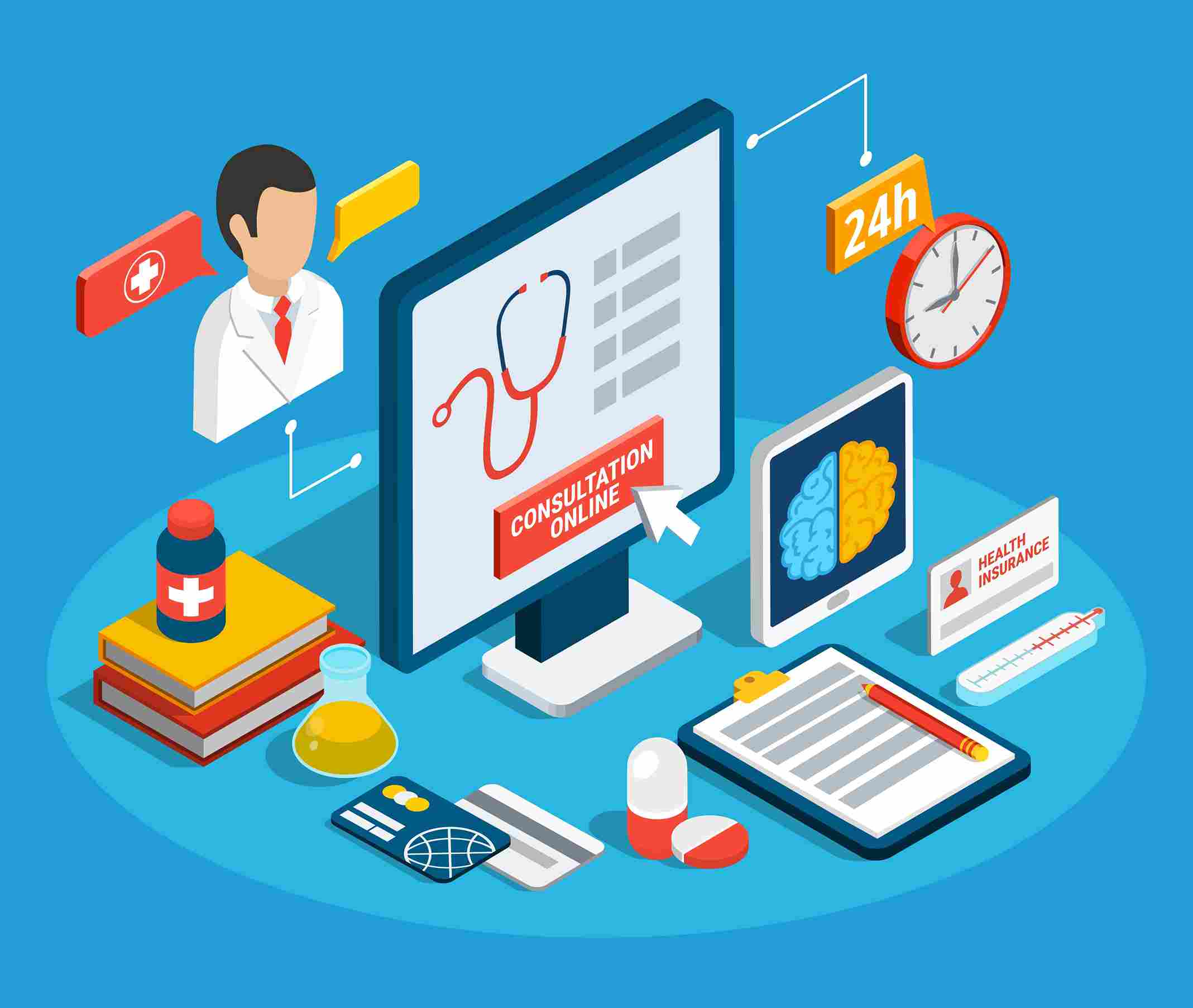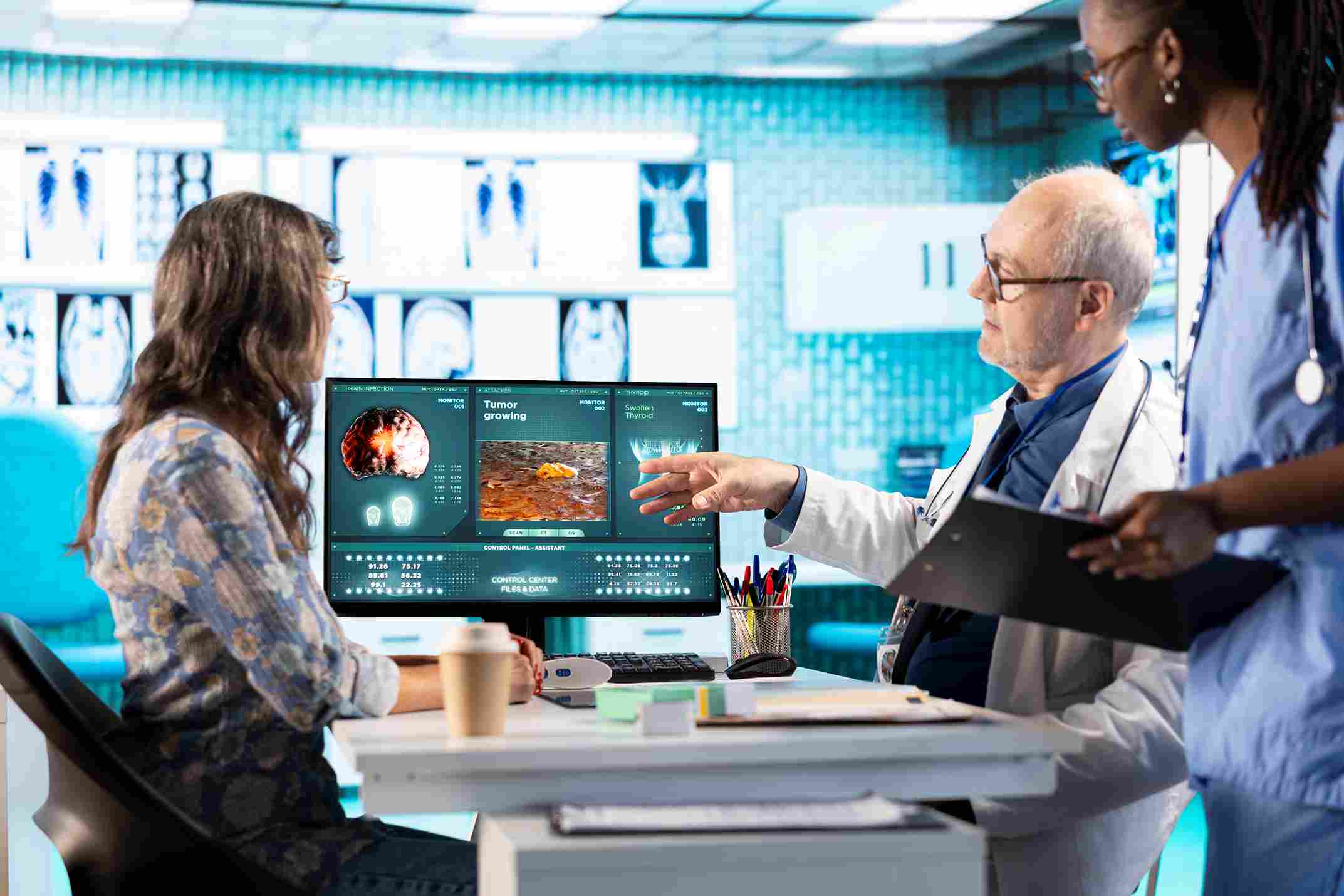
In today’s rapidly evolving healthcare landscape, efficient inventory management has become a cornerstone of operational excellence and patient safety. Hospital Management Systems (HMS) equipped with real-time inventory tracking capabilities are transforming how healthcare facilities manage their critical supplies, medications, and equipment. This comprehensive approach to inventory management ensures that healthcare providers can focus on what matters most: delivering exceptional patient care while maintaining operational efficiency and cost control.
Understanding Real-Time Inventory Tracking in Healthcare
Real-time inventory tracking refers to the continuous monitoring and updating of inventory data as transactions occur, providing instantaneous insights into stock levels, locations, and usage patterns. Unlike traditional methods that rely on periodic manual counts or outdated software updates, modern HMS platforms offer seamless integration of inventory management with clinical workflows. This technology-driven approach eliminates the lag time associated with manual cycle counting and provides healthcare facilities with unprecedented visibility into their supply chain operations.
The healthcare sector presents unique challenges for inventory management, as medical products range from disposable syringes to expensive implants and surgical kits. These higher-value consumables make up a significant portion of a hospital’s budget, making accurate tracking crucial for efficient financial management. Real-time tracking systems address these challenges by providing healthcare facilities with the tools needed to monitor supply movement from arrival to utilization at the point of care.
Core Components of HMS Real-Time Inventory Systems

Advanced Tracking Technologies
Modern HMS platforms integrate the latest technologies to enable accurate and efficient inventory tracking. Radio Frequency Identification (RFID) technology provides contactless tracking capabilities, allowing healthcare staff to scan multiple items simultaneously without line-of-sight requirements. RFID systems can read passive UHF tags from distances of up to 40 feet with fixed readers and up to 20 feet with handheld devices, making them ideal for large healthcare facilities.
Barcode technology remains a cost-effective alternative that offers reliable tracking capabilities with lower implementation costs. Advanced systems combine both RFID and barcode technologies to create hybrid solutions that maximize accuracy while minimizing costs. These technologies integrate seamlessly with existing hospital infrastructure, providing a scalable approach to inventory management.
Automated Data Collection and Processing
Real-time inventory systems eliminate manual data entry through automated scanning and tracking processes. When integrated with Electronic Health Records (EHR) and purchasing systems, these platforms create a seamless flow of information across departments. The simultaneous data update capability ensures that all stakeholders have access to current inventory information, enabling informed decision-making and proactive resource allocation.
Intelligent Analytics and Reporting
HMS platforms equipped with real-time tracking provide comprehensive analytics dashboards that transform raw inventory data into actionable insights. These systems analyze historical trends, forecast demand patterns, and identify opportunities for cost reduction. Healthcare facilities can monitor inventory turnover rates, track slow-moving items, and optimize stock levels based on actual consumption patterns.
Transformational Benefits for Healthcare Operations

Enhanced Patient Safety and Care Quality
Real-time inventory tracking directly impacts patient safety by ensuring critical supplies and medications are always available when needed. In emergency scenarios where delays can be life-threatening, automated alerts and real-time visibility prevent stockouts of vital resources. Healthcare staff spend less time searching for supplies, allowing them to dedicate more attention to patient care. The system’s ability to track expiration dates and usage patterns prevents the use of expired medications and supplies, further enhancing patient safety.
Significant Cost Reduction and Waste Minimization
Healthcare facilities implementing real-time inventory tracking achieve substantial cost savings through multiple mechanisms. Automated reordering processes triggered by predetermined thresholds reduce operational expenses and prevent costly stockouts. Intelligent systems that track expiration dates enable just-in-time procurement, minimizing waste and ensuring effective resource utilization. Some healthcare facilities have reported waste reduction of up to 96% in specific departments through improved expiry management processes.
Operational Efficiency and Workflow Optimization
Real-time inventory systems streamline hospital operations by automating time-consuming manual processes. Automated reordering eliminates the need for manual intervention while reducing human errors in procurement decisions. Multi-location management capabilities allow healthcare facilities to coordinate stock levels across different departments and sites seamlessly. This coordination enables strategic resource allocation and minimizes the risk of stockouts or overstock situations.
Improved Regulatory Compliance
Healthcare inventory management must comply with strict regulations from various regulatory bodies. Real-time tracking systems provide the documentation and traceability required for regulatory compliance. These systems maintain detailed records of inventory movements, enabling healthcare facilities to demonstrate proper handling of controlled substances and medical devices. Enhanced visibility and traceability capabilities make it easier to track products throughout the supply chain, ensuring compliance with quality control standards.
Advanced Features Driving Innovation

Predictive Analytics and Demand Forecasting
Modern HMS platforms incorporate machine learning algorithms to analyze consumption patterns and predict future demand. These predictive capabilities enable healthcare facilities to optimize inventory levels while minimizing excess stock. By analyzing historical data alongside current sales patterns, facilities can implement Just-in-Time (JIT) inventory practices that reduce storage costs and improve cash flow.
Integration with Supply Chain Partners
Real-time inventory systems facilitate seamless integration with suppliers and distributors. Automated replenishment processes can be configured to work directly with contracted suppliers at pre-negotiated prices within budget constraints. This integration reduces the time and cost associated with manual ordering processes while ensuring competitive pricing.
Mobile Accessibility and Remote Management
Healthcare staff can access inventory information through mobile applications, enabling real-time updates from any location within the facility. This mobile accessibility ensures that inventory data remains current regardless of where consumption occurs. Remote management capabilities allow administrators to monitor inventory levels and approve transfers across multiple locations from a centralized dashboard.
IoT Sensor Integration
Internet of Things (IoT) sensors represent the latest advancement in automated inventory management. These weight-based sensors can monitor inventory levels without human intervention, automatically triggering replenishment when stocks reach predetermined thresholds. IoT-enabled inventory management drives efficiency while enabling social distancing protocols, particularly important in healthcare environments.
Implementation Strategies for Success

Phased Deployment Approach
Successful HMS inventory implementation requires a structured approach that begins with requirement analysis and system design. Healthcare facilities should prioritize high-value or critical inventory items for initial deployment, gradually expanding coverage to include all inventory categories. This phased approach allows staff to adapt to new processes while minimizing disruption to daily operations.
Staff Training and Change Management
Comprehensive training programs ensure that healthcare staff can effectively utilize new inventory management capabilities. Training should cover both technical aspects of the system and compliance protocols required for regulatory adherence. Ongoing support and continuous improvement processes help facilities maximize the benefits of their inventory management investment.
Data Migration and System Integration
Seamless integration with existing hospital systems requires careful planning and data migration strategies. Healthcare facilities must ensure that inventory data synchronizes properly with EHR, purchasing, and financial systems. Testing phases should validate system functionality before full deployment to prevent disruptions to patient care.
The healthcare inventory management landscape continues to evolve with advances in artificial intelligence and machine learning technologies. Predictive analytics capabilities will become more sophisticated, enabling even more accurate demand forecasting and optimization. Integration with supply chain planning platforms will provide end-to-end visibility from manufacturer to patient consumption.
Cloud-based HMS platforms are making advanced inventory management capabilities accessible to smaller healthcare facilities that previously could not afford comprehensive systems. These scalable solutions allow facilities to implement sophisticated inventory tracking without significant upfront infrastructure investments.
Real-time inventory tracking with HMS represents a fundamental shift in how healthcare facilities manage their critical resources. By providing instant visibility into inventory levels, automating routine processes, and enabling data-driven decision-making, these systems empower healthcare providers to deliver better patient care while controlling costs. The combination of advanced tracking technologies, intelligent analytics, and seamless system integration creates a powerful platform for operational excellence.
Healthcare facilities that embrace real-time inventory tracking position themselves for long-term success in an increasingly competitive and regulated environment. The investment in modern HMS inventory capabilities pays dividends through reduced waste, improved patient safety, and enhanced operational efficiency. As the healthcare industry continues to evolve, real-time inventory tracking will remain an essential component of sustainable, high-quality patient care delivery.
Discover how real-time inventory tracking with HMS can help your healthcare facility achieve regulatory compliance, reduce costs, and deliver superior patient care. Contact our team today to schedule a personalized demo or consultation—and take the first step toward smarter, more efficient hospital operations.

